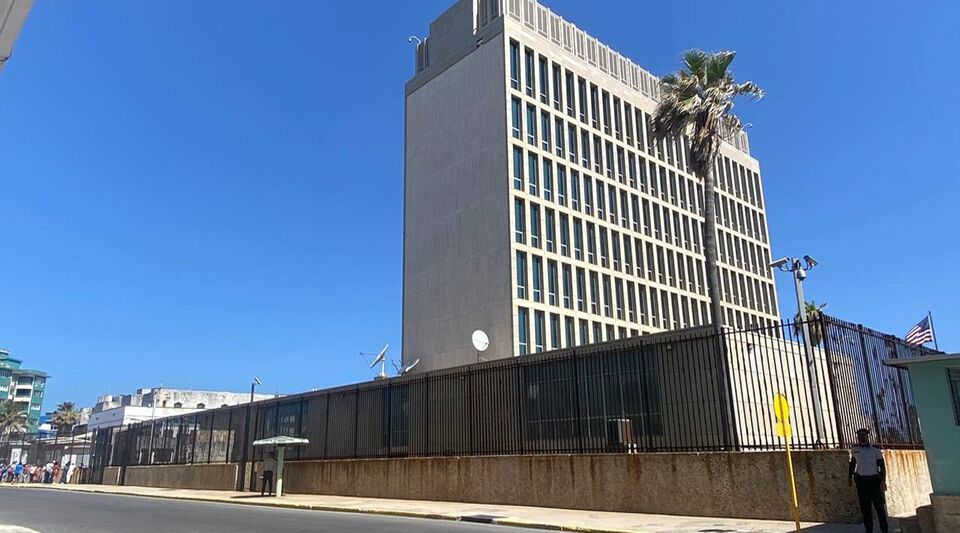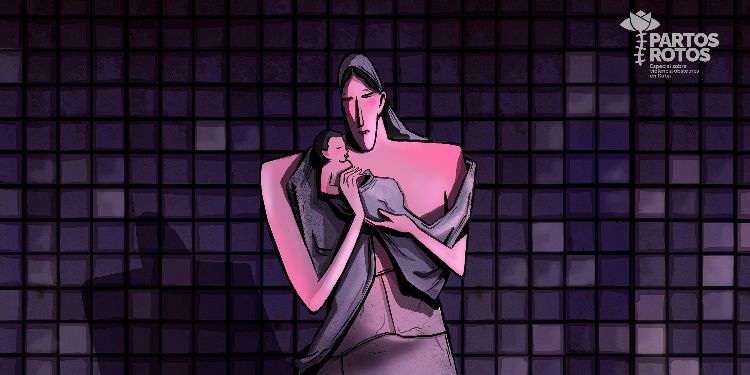The US embassy in Cuba resumed this Wednesday its consular services for all categories of immigrant visa after a break of more than five years, during the Administration of Donald Trump in the White House.
The interviews for those interested in obtaining a visa for the North American country began on December 29.
The announcement was made at the beginning of November, after a meeting in the Cuban capital between the Assistant Secretary of State for Consular Affairs, Rena Bitter; the director of the US Citizenship and Immigration Services, Ur Mendoza Jaddou, and the Cuban Vice Minister of Foreign Affairs, Carlos Fernández de Cossío.
Months earlier, Washington explained that the visas provide those eligible to apply for them with a “safe and orderly” path of migration.
The resumption of operations occurs after a few months of timid rapprochement between Washington and Havana, in which migration has played a central role.
In addition, it has coincided with the largest exodus of Cubans to the northern country in recent history. In the last twelve months, 283,189 nationals de la Isla have been arrested crossing the US-Mexico border; on average, more than 775 entered per day.
The stoppage at the embassy originated after inexplicable health problems were detected among American personnel at the legation
Meanwhile, the US Coast Guard has detained more than 6,182 Cubans on the Florida coast from October 1, 2021 to September 30, 2022, when the last fiscal year ended.
The US government delivered 23,966 visas to Cubans during that period. Washington complied for the first time since 2017 with the 1994 bilateral immigration agreement, which stipulates the delivery of a minimum of 20,000 visas per year to the citizens of the Island.
Until before the resumption at the diplomatic headquarters in Havana, Cubans were forced to carry out immigration procedures in Guyana, which meant an extra economic burden that not many could afford, in addition to facing various irregularities .
In parallel, the US Citizenship and Immigration Services (Uscis) they are increasing their staff in Havana to “effectively and efficiently” process the cases and conduct interviews.
On September 1, the United States embassy in Cuba started processing pending applications of the Cuban Family Reunification Parole Program (CFRP), suspended since 2017.
The stoppage at the embassy originated after some inexplicable health problems of the American personnel in the legation were detected.
The US Citizenship and Immigration Services is increasing its staff in Havana to process cases “effectively and efficiently” and conduct interviews
The then President Trump accused the Cuban government of being responsible for “acoustic attacks” on diplomatic workers on the island, which he used as a pretext to break with the “thaw” that had been promoted by his predecessor, Barack Obama (2009-2017), and the former Cuban president, Raúl Castro.
Havana, for its part, denied any responsibility in the case and launched a commission of experts that found no scientific or criminal evidence linking the symptoms to possible sonic attacks, microwaves or any other deliberate action.
Over the months, more than 200 US diplomats and officials stationed in half a dozen countries – from Cuba to China, passing through Austria, Germany and Colombia – reported similar symptoms. Some were unable to continue exercising their duties.
In January of last year, the US Central Intelligence Agency (CIA) ruled out that the disturbances described were the result of a campaign led by an enemy country, as there was speculation.
________________________
Collaborate with our work:
The team of 14ymedio He is committed to doing serious journalism that reflects the reality of deep Cuba. Thank you for accompanying us on this long road. We invite you to continue supporting us, but this time becoming a member of our newspaper. Together we can continue transforming journalism in Cuba.








